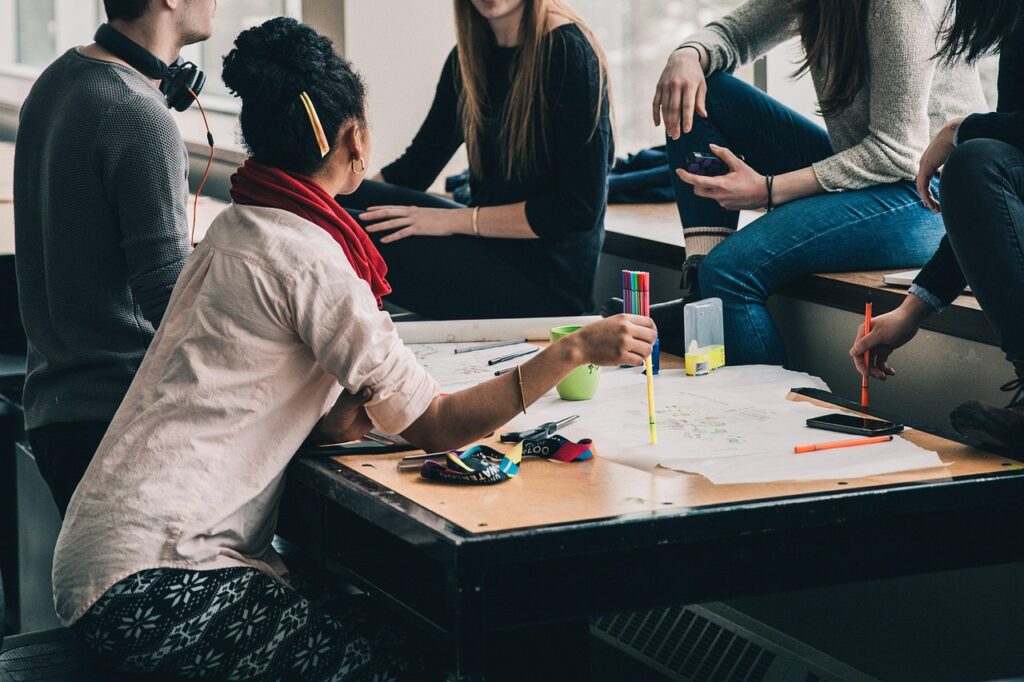Every year, thousands of young Indians students leave their homes and fly across continents to
study in Australia. For many, studying in Australia is more than just a degree, it’s a stepping
stone to a better life.
According to Australia’s Department of Education, as of April 2025, there were 794,113
international student enrollments, with Indian students making up 17% of that total. That means
nearly 1 in every 6 international students in Australia is from India, showing just how deeply
connected the two countries have become through education.
Students come for many reasons such as world-class universities, promising career paths, and
higher wages compared to India. And yes, a chance to escape the intense competition back home.
But once they land, the path isn’t always as smooth as expected.
Once seen as a gold standard of higher education, Australia’s university system is now facing
growing scrutiny. While the quality of education remains strong in many places, issues like visa
fraud, administrative loopholes, and an increasing commercialisation of education have raised
concerns. Critics say universities are starting to act more like businesses and for students
investing lakhs of rupees, that can feel unsettling.
Despite this, international students are still vital to Australia’s economy. From 1994 to 2024,
student numbers steadily climbed, except for a dip in 2020 during COVID. By 2024, the country
hit a new record: nearly 1.1 million international students enrolled.
But with those big numbers come big questions. As Australia battles a cost-of-living crisis and a
housing shortage, some are asking: Are international students helping or hurting the system? For
many Indian students, the answer lies somewhere in between.
Thanks to strong India–Australia ties, getting a student visa (Subclass 500) has remained a
common route. Australia continues to welcome Indian professionals in IT, healthcare, and
engineering and students often see education as their way into that world.
Cities like Sydney and Melbourne feel familiar, with thriving Indian communities, gurdwaras,
cricket clubs, and Indian grocery stores at every turn. That cultural comfort can ease the
transition, especially for those who miss home.
And let’s face it, life in Australia, with its clean air, stable infrastructure, and potential for high
paying jobs, is a dream for many students and their families. But dreams come with a price.
Studying in Australia isn’t cheap, especially for international students. On average, they pay
more than domestic students pay. Take the Master of Media Practice at the University of Sydney,
for example: it costs around AUD $55,000 per year (over ₹30 lakh), and that’s before you add
health insurance, textbooks, application fees, and living costs.
International students also don’t get travel concessions like local students. And while part-time
jobs are allowed (48 hours per fortnight during study periods), finding work isn’t always easy for
students still brushing up on their English or trying to balance studies and shifts.
Unfortunately, not everyone plays fair. In recent years, dodgy agents have made false promises
to students guaranteeing full-time work or even permanent residency under student visas. As a
result, Indian states like Punjab and Haryana have introduced restrictions on education agents to
protect students.
Meanwhile, the Australian government has introduced its own reforms. It proposed a cap of
270,000 new international student enrollments, and now uses a go-slow approach, slowing visa
approvals once universities hit their quotas.
These changes, though aimed at protecting the system, have left some students stuck in limbo.
Here’s a tough truth: getting a degree doesn’t guarantee a job. In 2022, only 57% of Indian
undergraduates and less than 53% of postgraduates found full-time jobs within months of
graduating. For many, the hope of financial freedom turns into a struggle with debt and
uncertainty.
Add to this the rising reports of discrimination and racism, and it’s clear that the journey to a
better life in Australia isn’t without its challenges. Yet, despite the obstacles, the Indian
community is now the second fastest growing in Australia, and its contribution from tech to trade
is worth recognizing.
So, what’s the way forward?
Students, families, and policymakers all have a role to play in making this journey smoother:
– Get proper guidance from registered agents
– Know your rights and limits on the Student Visa (Subclass 500)
– Be prepared financially and emotionally before arriving
– Make use of university career support and community networks
– Push for policy change to protect student welfare
For Indian students willing to take the leap and face the challenges, Australia still holds the
promise of a better future, just not without effort.


